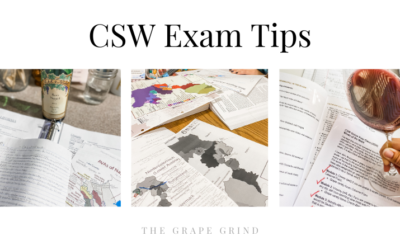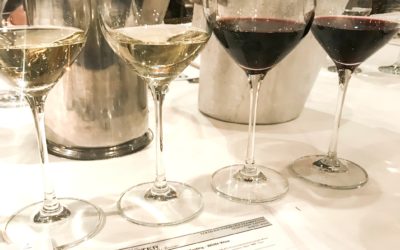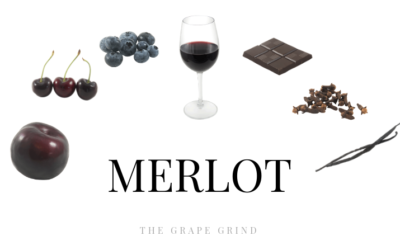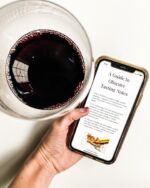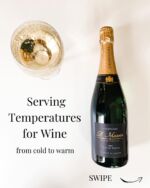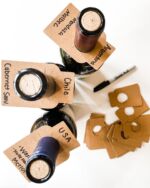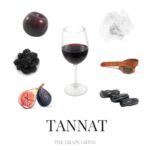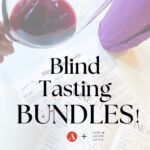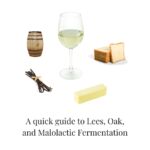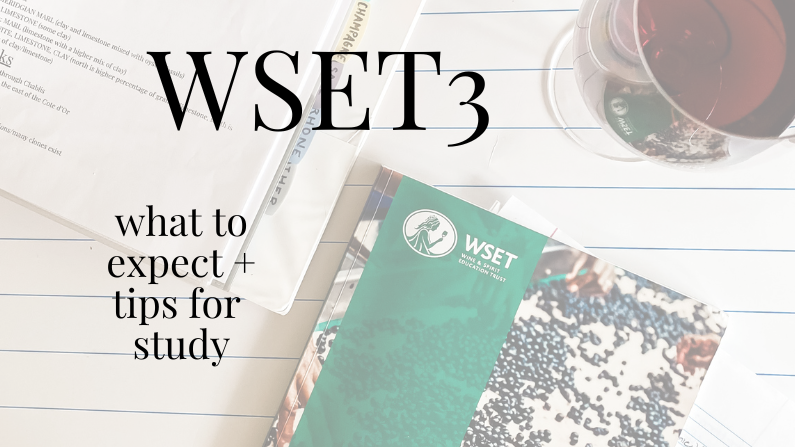
Preparing for WSET 3: What it’s like and tips for study!
Are you thinking about signing up for WSET 3?
I was there for a while and finally took the plunge this past year and just recently got my passing results!
The wine education world is growing and there are tons of certifications to choose from! WSET is one of the most renowned and having taken both CMS Certified and SWE Certified Specialist of Wine, I had to know what made this one different! What about it was going to challenge me and help me become more well-rounded in my wine knowledge? -Are you with me?
Curious about what the content is like? Where to start? How much study time is needed? What is important to know?
Is it as hard as they say it is?
I’ll provide some clarity here so you can be well on your way to passing this exam!
What is WSET?
The Wine and Spirit Education Trust (WSET) is one of the most distinguished wine certification programs in the world. Its reputation among wine professionals is HUGE. The Court of Master Sommeliers is another major certification more known to the general public (due to the Somm Documentary – which shares the intense world of restaurant professionals). The WSET is a different program just as important and even more popular among wine students. Plenty of Wine Educators and Wine Professionals will take the WSET route and some will rightfully use a Sommelier title after completing these courses.

WSET Level 3:
WSET 3 is the third level of four total with the Wine and Spirit Education Trust. It is very intensive once the course begins and its difficulty is often compared with both CMS 2 (Certified Sommelier) and CSW (with SWE). (Although each one of these has a very different focus – shared at the end of this post!)
WSET 3 is all about understanding + EXPLAINING the style and the quality of wines and wine regions of the world (emphasis on explaining!). This is not a recall exam! Yes, there is a multiple choice section, but they don’t care if you know all 33 Grand Crus of Burgundy. The theory really digs into ‘The WHY’. Can you explain flavors, structure, and typicity based on:
-Natural Factors in the vineyard (climate, latitude, altitude, water, soil, etc.)
-Human Factors in the vineyard (managing the vine and maintaining hazards and pests, etc.)
-Human Factors in the winery (winemaking, blending, aging, packaging, etc.)
It’s all about pulling the pieces together and making the connections between everything related to the final wine. There is a lot of writing.
There are three parts to this exam although the first two count together:
1. Theory (multiple choice = 5o points, short answer = 100 points)
2. Blind Tasting = 41 points (20 for the white wine, 21 for the red wine
You need a 55% to pass, a 65-79% to pass with merit, and an 80%+ to pass with distinction.
Overall WSET’s passing rate is similar to other mid-level exams at around 50%!

Reflecting on my exam experience…
I started with this program at the third level as there is no requirement to have 1 or 2 under your belt to take level 3. Since I have some background in other exams I didn’t want to go backward and I thought starting at this level would challenge me most appropriately.
I definitely don’t recommend jumping into this exam without a good base level of wine knowledge.
I took the exam through American Wine School where you have the option of In-Person, Virtual (online lectures) or Global (no online lectures but online exercises and access to an instructor).
There are many other schools that provide these courses and you can find them on the WSET ‘Where to Study’ page.
When you sign up, WSET sends you:
- A Specification book, which lays out everything you need to study: all learning outcomes, regions, and varieties that they could put on the exam (I’d recommend looking over this before studying anything!)
- A shiny Lexicon (the fancy name for a laminated grid you use when blind tasting for WSET) that is divided into the areas you need to write tasting notes for (sight, smell, taste, conclusion)
- A textbook with chapters on wine growing, wine making, wine tasting, wine grapes, and each specific wine region to take notes on. The first half of the textbook is all about winemaking, grape growing, environmental factors, maturation, production, etc. The second half of the book is broken up into chapters by countries and wine-growing regions. The book then finishes with fortified wines and sparkling wines.
- A workbook that lays out a point system so you know how to study each section/what you need to pass each section!
This workbook also includes maps of every region, practice short answer questions, practice multiple choice questions, and blank tasting note pages to complete on your own or with a tasting group! (Need a tasting group?)
Choc-full of helpful stuff! Anything in the book is fair game for the exam!
Once I signed up for the global courses it was “game on” and basically a 9-week cram. Once again, I may have been better off signing up way in advance (6-9 months out) but life is busy, and typically the ‘under pressure’ push is what I end up doing! Be realistic about your time. 🙂
I got a link to an online classroom where each week there were exercises (readings, multiple choice quizzes, short answer questions, group discussions, and tasting notes) that must be completed by the end of the weekend. I could complete these on my own schedule but had to be within the week.
My flow included reading the chapters and taking notes at the beginning of the week. Writing important region information all over the maps mid-week (landmarks, climate, soils etc.) and doing the exercises over the weekend. I was lucky to have a friend doing the course as well and we’d each bring in some blind-tasting contributions as both of us have collected or have pretty good access to classic bottles.
Once the course weeks were over, I had two weeks to review on my own. Then I had to go to Chicago to take the test in person. Since there is a blind tasting portion, online isn’t an option. (I wasn’t mad about that. A night in my favorite city and a quiet hotel room to myself was heaven – as would be for most moms.)
My exam included an ‘exam prep’ the day before, where we blind tasted a red and white wine, and were given tips on how to go about that portion of the exam. It was great last-minute practice and I was able to get some questions clarified plus exercise my tasting muscles!
On exam day, Blind Tasting was first. (Always nerve-racking.) This was a half-hour long. We walked back into the room sat down and wrote out our tasting notes, just like I had been practicing for the last 9 weeks.
Once done, those were collected and the theory packet was set in front of us with 50 multiple choice questions – flip the page and answer 4 (multi-part) short answer questions (each part worth varying points!). Again …It was a LOT of writing.
Then it was 6 weeks until we got our results! (Which I hear is very lucky – sometimes it’s much longer!)
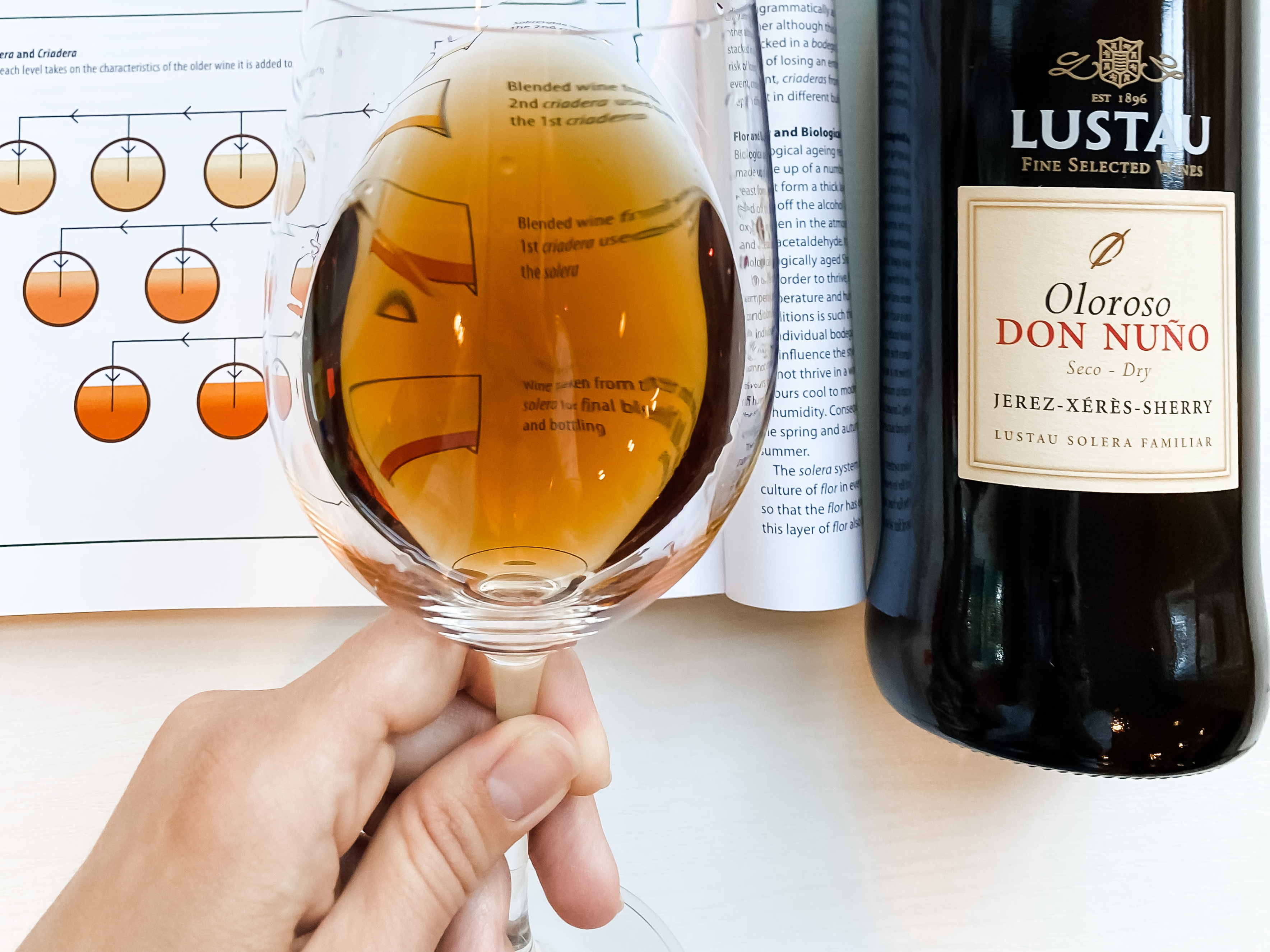
Some TIPS
#1 – PLAN YOUR TIME
-The reading each week took me : 2-3 hours on average – including note-taking
-The exercises each week (including blind tasting) took me about 3 hours on average (I’d do this over the weekend)
-Additional study time each week (drawing on maps, making flashcards, whatever you fancy in retaining information took me another 4 hours on average – I’d do this mid-week
So my personal time added up to about 90 hours total, which is about 10 hours per week!
*The recommended classroom time for the WSET Level 3 in wine qualification is 32.5 hours + 51.5 personal time = 84 hours total for 9 weeks
Knowing how much time you need and what days you are going to focus on each part is helpful for feeling on track!
#2 – DO ALL OF THE EXERCISES
Some of the exercises seem overbearing and some felt silly to me, but every time I’d get great feedback from my instructor. Also doing the timed short answer is difficult, but so helpful to understand HOW they want you to answer these questions. I wouldn’t skip these!
#3 – FOCUS ON COMMAND WORDS
MY biggest struggle was answering short answer questions. Initially, I had too much information that wasn’t exactly what they were looking for. I heard some really great advice on identifying ‘command’ words and answering with only what they want from you (no fluff)! Command words are ‘describe’ ‘explain’ and ‘compare’. If it asks you to compare, don’t discuss. Read the questions carefully!
#4 – STUDY THE CRAP OUT OF SPARKLING and FORTIFIED
There will be at least one short answer question on these wines. That is 1/4 of your short answer score! Being that you need a 55% to pass you are almost halfway to passing by just knowing these areas! Study them well.
#5 – BLIND TASTE EVERY WINE!
I get that this takes the fun out of drinking wine for pleasure, but it’s just for 9 weeks, right? Even if you know the wine you are tasting and you aren’t sitting down to write down everything, run through the lexicon out loud when you’re drinking a glass of wine! Memorizing the lexicon and thinking or talking through it often will keep that repetition going, and you’ll be confident in your ability to remember all the sections! Finding or forming a tasting group is also invaluable! We have one that meets virtually and monthly.

How does this exam compare to some of the others?
All three mid-level exams are pretty similar in the difficulty of their content but heavier in very different areas:
▪️WSET 3 is the WHY! 💡
It is explanation-heavy. They don’t want you to just recall info. You need to be able to explain everything about it. I’ve been outlining my regions and listing every feature in them (climate/mountains/rivers/soils) and how each feature impacts the wine/winemaking there! This type of note-taking has been helpful for me and I’ll share them with you in June!
▪️ CMS Certified is very much the WHO! 🏰
Producer heavy and steered in service, as well as who is historically known and how they influenced the industry …you need to know a lot of wines (and you also need to know the world of spirits and cocktails… and those brands!)
▪️CSW (with The Society of Wine Educators) is the WHERE! 🗺
The most map-specific exam of the three. This one helped with learning and recalling all of the geographical features as well as all of the major cities! I outlined and studied mostly just maps for this one. It was also only multiple choice, unlike the other two which required explanations.
As far as theory, WSET was the most difficult for me! It went beyond recall. Lots of deep diving.
As far as structure, CMS was the most difficult for me! No study materials, just “recommended reading” and bidding you good luck with self-study (may the odds be ever in your favor).
Every time I take a new exam I’m always humbled at how much I don’t know yet!
Wine is a never-ending dive.
The more I learn, the bigger the world of wine gets… the less I know! It’s always a challenge.
WSET 3 is worth all the hustle! This exam really tests what you know, by asking you to explain it! It rounds out everything you’ve read about wine and truly makes you more confident in talking about it.
Curious about the other Certifications?
↓
Preparing for the CSW Exam: What it’s like and tips for study!
Have you heard of the CSW exam? Here’s my experience.
Journey to Certified Sommelier
The whirlwind experience and resources that were helpful to me!
All you need to know about Merlot: A quick guide
What is Merlot? Learn about this smooth and luscious grape in this friendly guide!
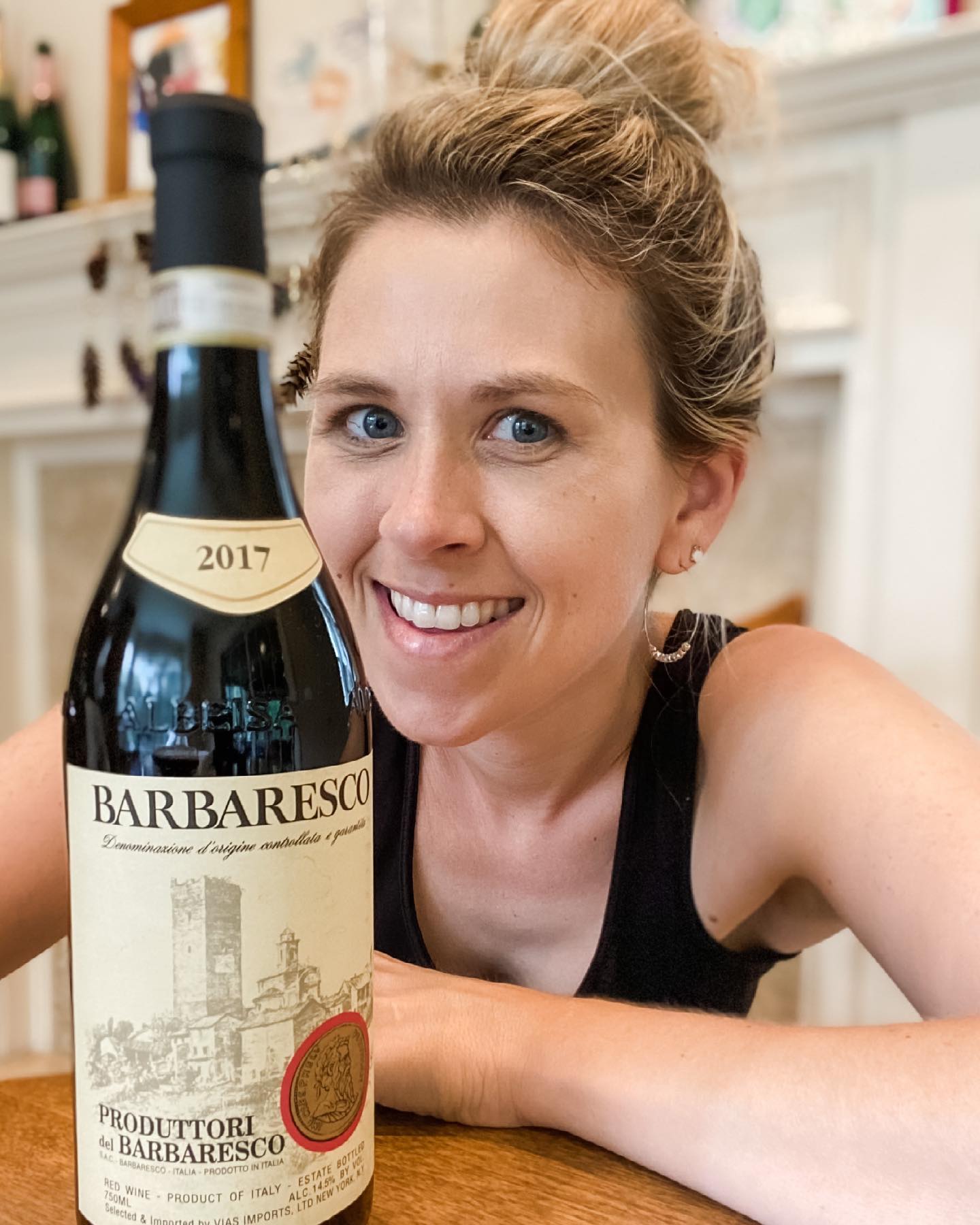

A Certified Sommelier and Certified Specialist of Wine with a passion for everything wine + beverage!
Blind Tasting Options
Check them out
thegrapegrind

